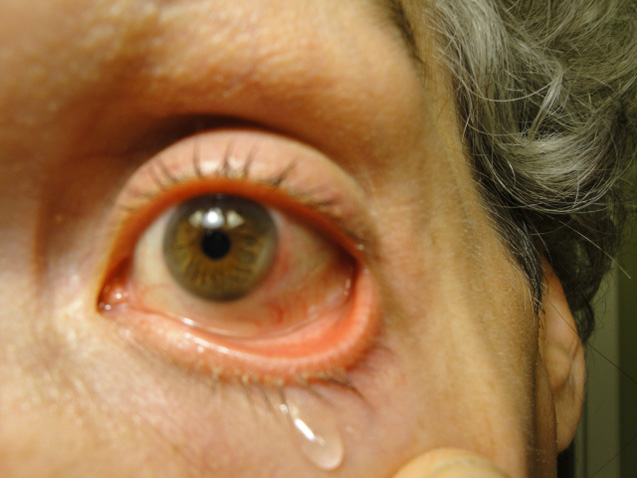 02 Jun 2013
02 Jun 2013
Cyclosporin Eyedrops are an effective therapeutic agent in the management of a variety of autoimmune diseases especially ocular surface disorders like vernal keratoconjunctivitis, dry eye syndrome, mild to moderate anterior scleritis, VKC, Mooren’s Ulcer, Neurotrophic Corneal Ulcer, Corneal Melting.
Mechanism of action: Cyclosporin is a new class of drug that appears to work by inhibiting cytokine production by immune cells (T lymphocytes) and interfering with the action of interleukin-2 (as in scleritis, Mooren’s ulcer, Dry eye syndrome). IgE mediated immediate hypersensitivity response as in VKC. Studies support the efficacy of topical cyclosporine treatment through its immunomodulatory action, reversing inflammation of the ocular surface and lacrimal glands.
Animal studies have shown that Cyclosporin has no intraocular penetration; it concentrates on the ocular surface which enhances its anti-inflammatory effect after long term use. Even after a year of regular topical therapy, none to minimal blood concentration is found in rabbits.
Rationale of using varying concentration of eyedrops: Cyclosporin eyedrops can be prepared in varying concentrations depending upon the severity of the ocular surface disease; if the inflammation is marked, then 1-2% concentration should be used, 3-4 times /day; gradually the strength and frequency is reduced according to the clinical improvement.
Preparation of eyedrops: Cyclosporin capsules are available in 25mg and 100 mg strength (Sandimum neural: Novartis) which contain a water miscible gel.
- To make 1% concentration, take gel out of two 25 mg capsules by a disposable syringe, put it in a sterile eye drops bottle and add 5 ml distilled water. Shake it well and dispense.
- For 2% concentration, take either one 100 mg capsule or four 25 mg capsules and mix their gel in 5 ml
- For 0.5% concentration, take one 25 mg capsule + 5 ml distilled water.
- For 0.05% concentration, take one 25 mg capsule + 10 ml distilled water.
Indications:
- Mooren’s ulcer, Severe VKC, severe scleritis, corneal melt: 2%
- Moderate Scleritis, moderate VKC, Stevens Johnson’s syndrome: 1%
- Dry eyes: 0.5 – 0.05%

